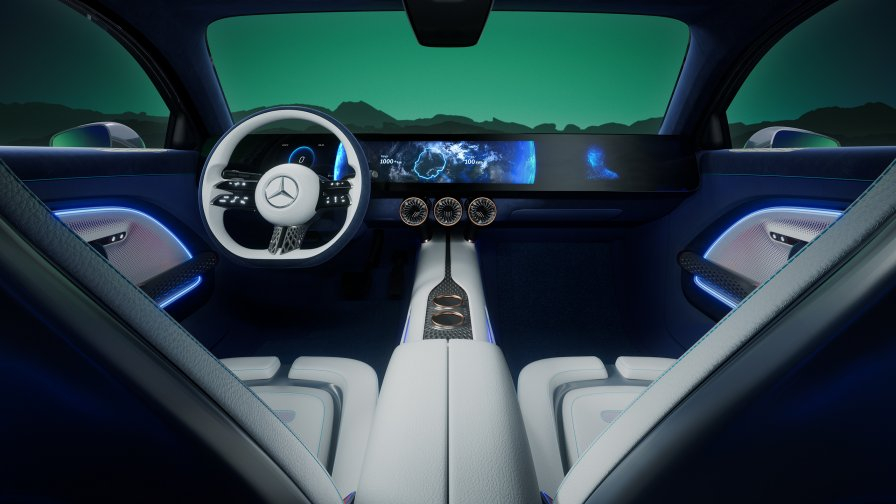According to Forbes, the vehicle left Germany on Tuesday, April 5th and traveled continuously for 12 hours through the Swiss Alps and arrived to its destination, in France, with 140 km left on the battery.
To achieve this, Mercedes made use of lightweight materials, an aerodynamic body to help efficiency, advanced battery technology, an F1-inspired electric motor setup and aerodynamic tires.
The car left a town near Stuttgart and travelled through Switzerland and Italy before it reached Marseille in the Southern France.
The EQXX was driven on a range of roads, from highways to mountain passes and even roadworks, and the vehicle reached its final destination with about 15% left in the tank, or the battery rather.

Photo source: Mercedes-Benz
The energy consumption was a record low 8.7 KWh per 100 kilometers.
Ola Källenius, Chairman of the Board of Management of Mercedes-Benz Group AG, said that "we did it! Powering through more than 1,000 kms in real world driving with ease on a single battery charge. The Vision EQXX is the most efficient Mercedes ever built. The technology program behind it marks a milestone in the development of electric vehicles."
The battery of the car is one of the secrets that enabled it to reach such long range, with the capacity of 100 KWh that is contained within a pack that is 50% less in volume and 30% lighter when compared to the battery pack of the EQS.
One of the materials that reduced the weight of the car is the sustainable carbon-fiber sugar composite material, used for the upper part of the battery.

Photo source: Mercedes-Benz
The electric drive system was also developed in partnership with the Mercedes-AMG Petronas F1 Team.
The F1-spec electric motor sends 241 HP to the rear wheels and has a 95% efficiency, and when coupled with the new battery system, the EV's powertrain barely generates any waste heat.
Another trick up the EQXX's sleeve was the integrated solar panels in the roof, which enabled the car to get 2% battery back when the team reached Italy, which translated to 25 kilometers extra range.
“Stay tuned. In the near future you will see something which is – from a design standpoint – very very close to this vehicle,” said Ola Källenius.
Photo source: Mercedes-Benz
 Mihai - Cristian Ioniță
Mihai - Cristian Ioniță












Any thoughts?